The flowery, whimsical, contemporary print that is paisley is easily recognizable. Paisley or a paisley pattern is a term in English for a design using the boteh or buta, a droplet-shaped vegetable motif of Persian (i.e. Iranian) origin.
Paisley designs became popular in the West in the 18th and 19th centuries, following imports of post-Mughal versions of the design from India, especially in the form of Kashmir shawls, and were then imitated locally.

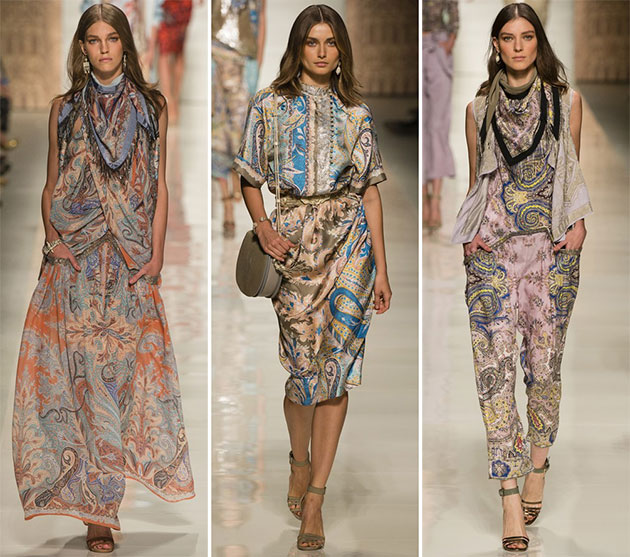
Pretty in paisley prints!
Paisley Fun Fact: The paisley pattern is sometimes called Persian pickles by American traditionalists, especially quilt-makers, or “Welsh pears” in Welsh textiles as far back as 1888.
The paisley print resembles a twisted teardrop. The Western name derives from the town of Paisley, in West Scotland, a center for textiles where paisley designs were produced.
Paisley Fun Fact: The paisley pattern is popular in Iran and South and Central Asian countries. Paisley prints are woven using gold or silver threads on silk or other high quality textiles for gifts, for weddings and special occasions.

Paisley prints tend to be colorful, giving off a playful vibration. One plus of paisley fabrics is that paisley prints are worn well on women of all ages. Whether you’re donned in a paisley mini skirt or maxi skirt, or paisley pants or shorts, there is no shortage of fun-filled fashion when you step out in the alluring print that is paisley.
Paisley Fun Fact: The modern French words for paisley are boteh and palme, with palme being a reference to the palm tree, which, along with the pine tree and the cypress tree, is one of the traditional botanical motifs thought to have influenced the shape of the paisley element as it is known. In the Chinese language, paisley is known as the “ham pattern.”
Wearing paisley clothing is a bit too much for you? Perhaps an eye-catching, alluring paisley handbag will do.
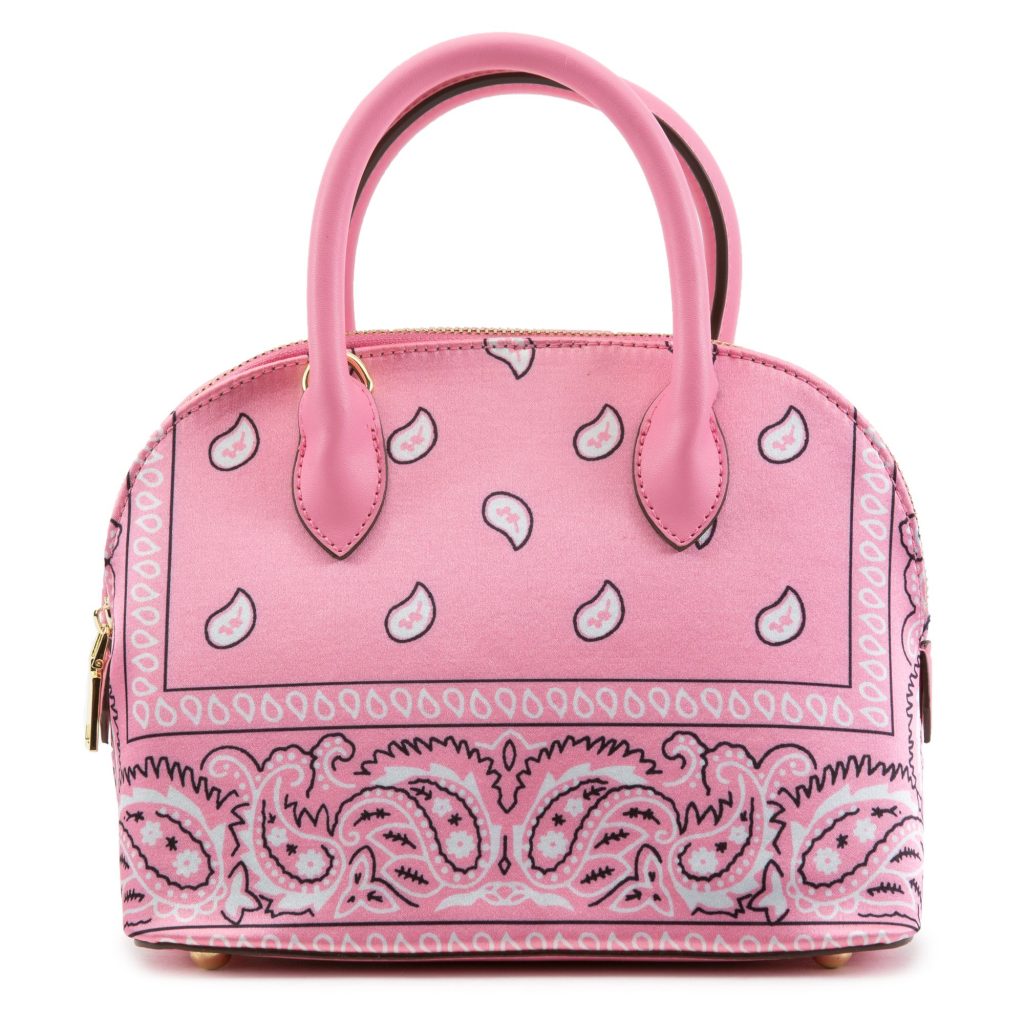
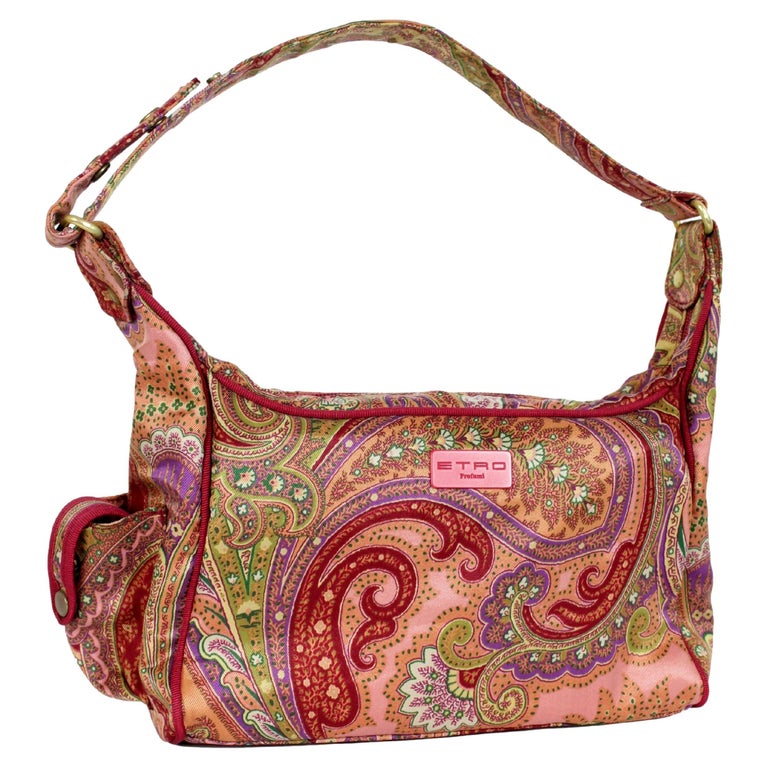
Paisley became identified with psychedelic style due to its emerging mainstream popularity. Of particular note is the influence of The Beatles, who often publicly wore paisley shirts starting in 1966 (before they were publicly associated with things psychedelic). The paisley style was particularly popular during the Summer of Love in 1967.
Flower power? Let’s try paisley power!
Paisley Fun Fact: Fender Guitars made a pink paisley version of their Telecaster guitar, by sticking paisley wallpaper onto the guitar bodies. Prince paid tribute to the rock and roll history of paisley when he created the Paisley Park Records recording label and established Paisley Park Studios, both named after his 1985 song “Paisley Park.”
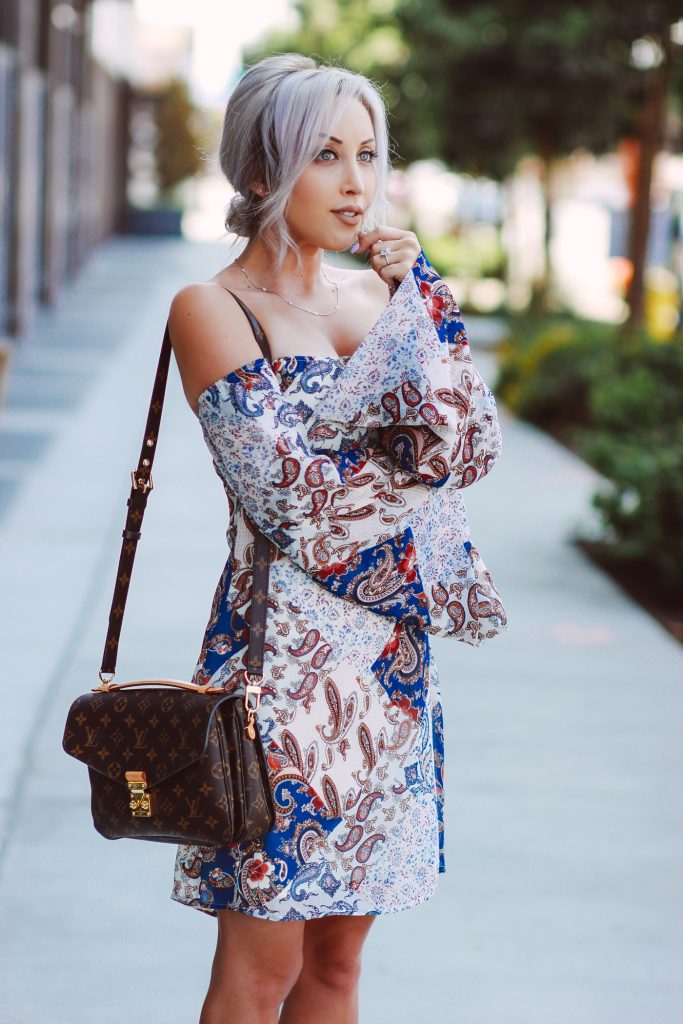
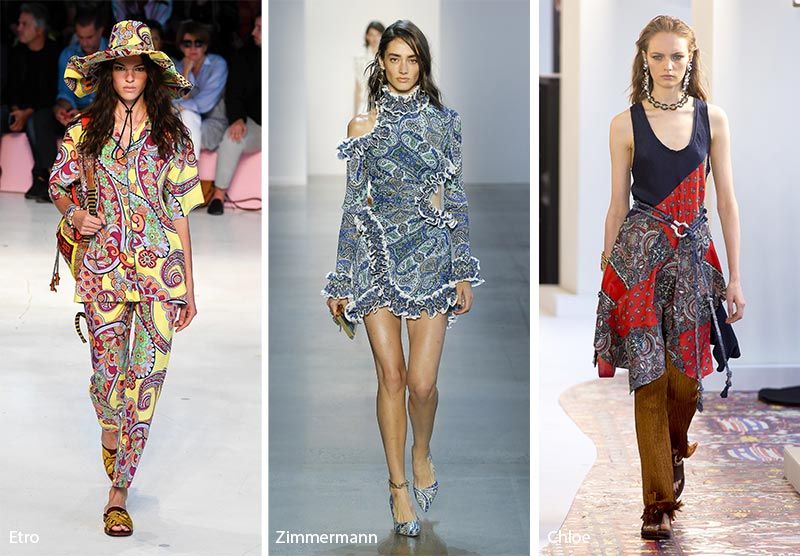

Walk the park in Paisley prints. Stroll in style, dressed in paisley and a smile!
Paisley print is quite popular indeed. Paisley was a favorite design element of architect Laurie Baker. He’s made numerous drawings and collages of what he called “mango designs.” He also included paisley shapes in the buildings he designed.
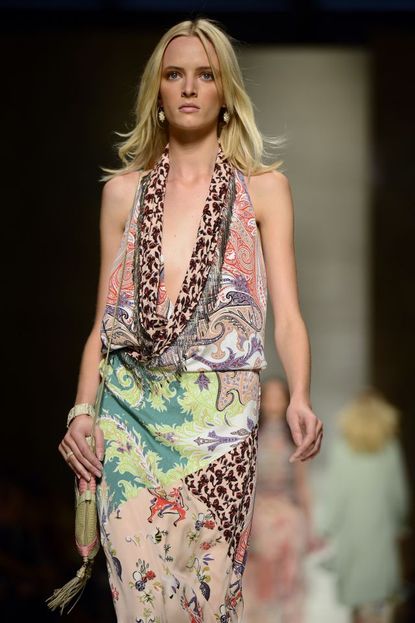
At the 2010 Winter Olympics, Azerbaijan’s team sported colorful paisley trousers.
Paisley print pandemonium!
In various languages of India and Pakistan, the paisley design’s name is related to the word for mango:
- Bengali: Kalka
- Tamil: Mankolam
- Marathi: Koyari
- Hindu/Urdu: Carrey or Kerii
- Punjabi: Ambi
Always popular, always pretty, always powerful, always paisley!

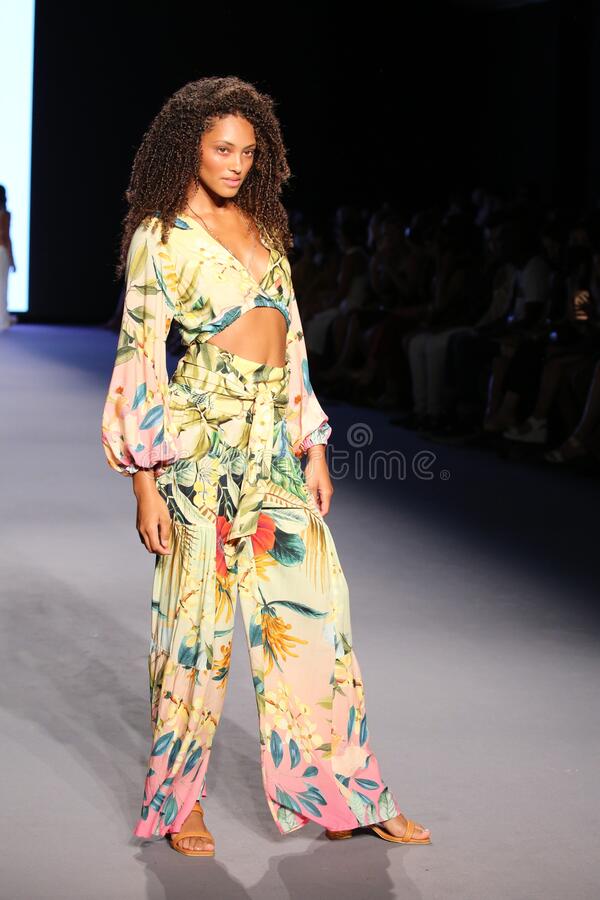
“I’d like a colorful, springtime time print to lift my winter mood.”
“I’d say go with paisley. Pretty, powerful and filled with attitude.”
“What a fabulous idea. Feminine, frilly and lacey.”
“If you want to be brave and bold, pick a paisley design that is racy.”
Enter the paisley print race: always in style and full of great taste!

Nancy Mangano is an American beauty/fashion/style influencer, fashion journalist, screenwriter and author of the Natalie North murder mystery book series. Visit Nancy on her global online fashion/style/beauty magazine Strutting in Style! at https://nancymariemangano.com, her Facebook page Nancy Mangano at https://www.facebook.com/nancymmangano/ Twitter @https://twitter.com/nancymangano and her author website http://www.nancymangano.com

